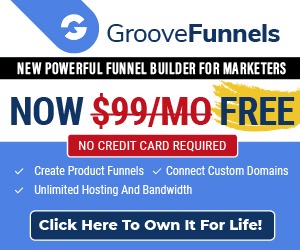
As a behavioral science expert, I often guide brand managers, copywriters, and creative directors on using behavioral science to get the most impact out of their marketing strategies. In order to explain some complex ideas, I like to use the analogy of a road trip. Like any road trip, you must have a few critical elements to succeed.
First, you need to know your destination. In the context of marketing, this means understanding your customers’ aspirational goals and activating on those goals in your creative strategy to create and maintain focus on your messaging. To do this, you must first identify your customer’s aspirations (e.g., job to be done) regarding your product or service and ensure that your marketing message is crystal clear about how your brand can help them reach those aspirations. Do this early and often to maintain engagement in your messaging.
Next, to get anywhere on your road trip, you will need some fuel. In marketing, this is about bringing the correct motivation and feelings into your campaigns to create emotional arousal. To do this, I suggest using motivational psychology, specifically by appealing to one of nine core human desires: success, freedom, acceptance, mastery, control, captivation, status, care, and safety. By adding emotional fuel to your marketing, you can create arousal and drive customers to take action on your message.
Another critical aspect of a successful road trip and marketing strategy is taking the road that best fits where you want to go. If you take the wrong roads when traveling, you’ll lose time and get a lot of resistance. Marketing is similar, except if you use the wrong framing, you’ll get psychological resistance to your marketing. To lower psychological resistance to your marketing, consider using regulatory fit theory, which involves framing your copy to fit your customers’ intuitions. And there are only two intuitive paths to take here. You can write copy that helps your customers “do better things” or “avoid bad things.” By writing your marketing message to the one that best fits your customers’ intuitions, you can lower resistance to your messaging.
Finally, just like on any good road trip, it’s essential to try to take some shortcuts whenever possible. In the context of marketing, this means using behavioral economics to understand decision shortcuts, such as the scarcity effect or social proof, that can trigger quick, fast decisions. By understanding these cognitive heuristics, or triggers, you can create marketing strategies that more effectively connect with and influence your customers.
Overall, you can improve your brand and grow your business by connecting the science of persuasion to your marketing strategies.
Check out the video below to see how it’s done.
The post Using Behavioral Science to Create Effective Marketing Strategies: An Analogy of a Road Trip first appeared on GreenBook.
Did you miss our previous article…
https://imwealthstrategies.com/healing-from-burnout-exercises-to-develop-a-healthier-nervous-system/






Leave A Response